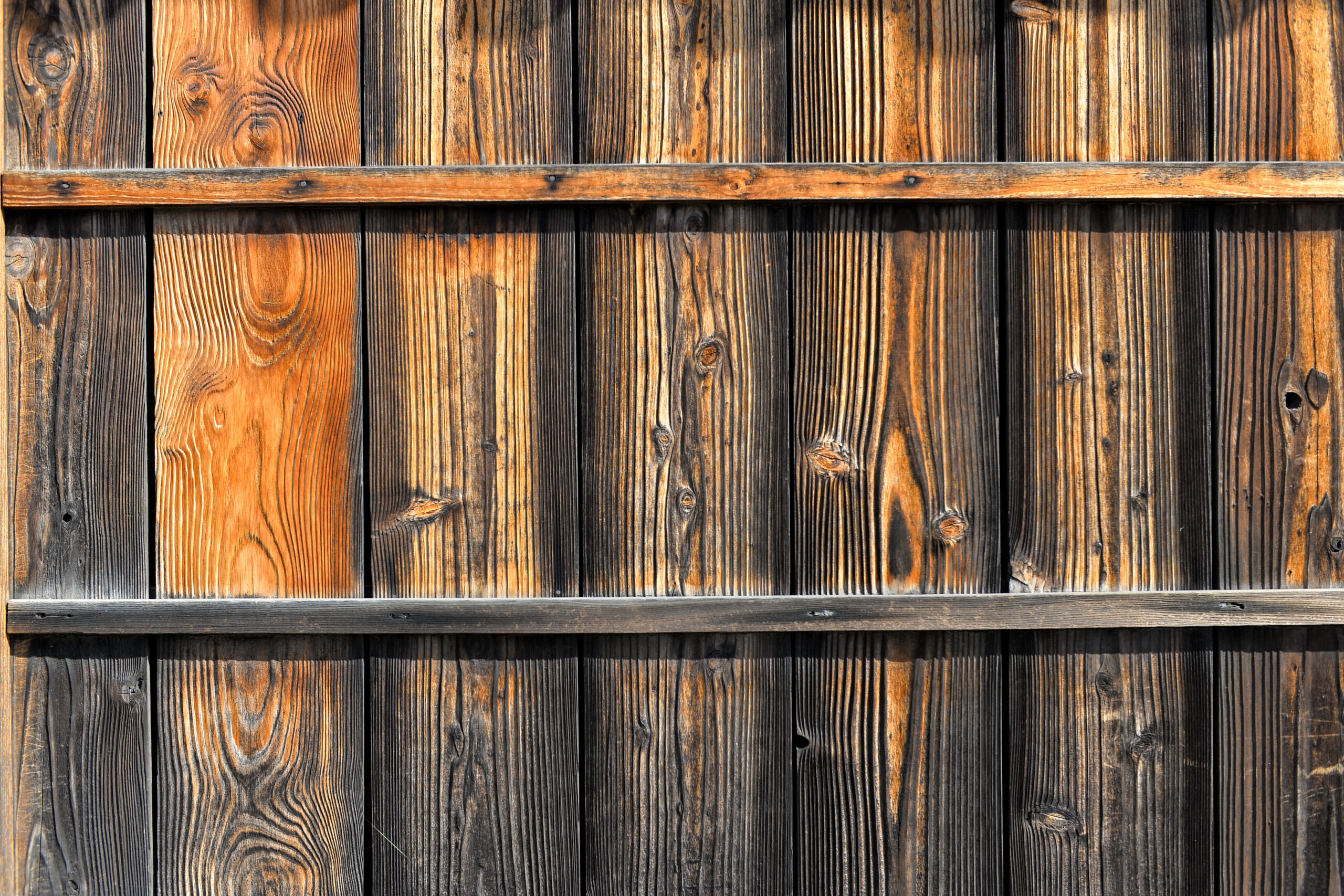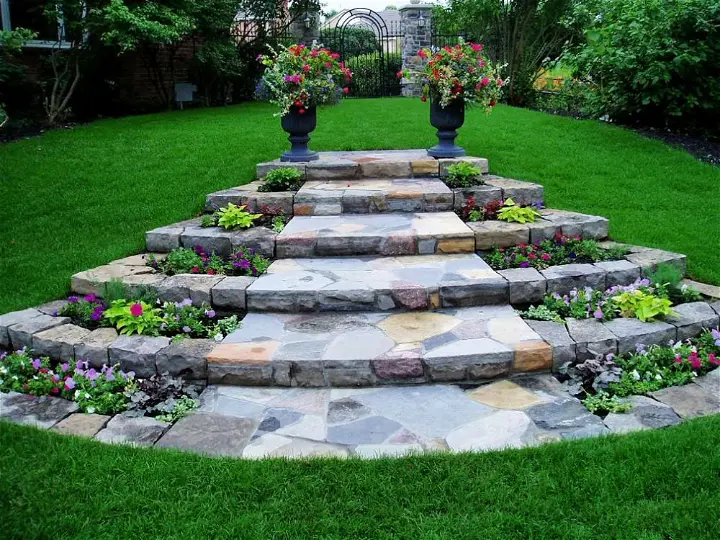Wood Fence Repairs: How to Fix Common Issues Effectively

Wooden fences add natural beauty and enhance privacy and security. They can, however, suffer from damage over time. Fixing common issues on a wood fence can often be done with basic tools and a bit of DIY know-how.
Common problems include loose boards, broken posts, and rusted nails. Replacing a broken post might be the most challenging task, but securing loose boards or switching out nails can be done quickly. These repairs not only restore the fence’s appearance but also ensure it remains a strong and secure barrier.
Occasional maintenance can prevent small issues from turning into bigger, more expensive repairs. Regular checks and early fixes help extend the life of the fence, keeping it sturdy and attractive. Following these steps can save time and money, while preserving the natural charm of a wooden fence.
Assessing Fence Damage
It’s important to examine a wood fence regularly to catch issues early. Check for signs like rotting wood, mildew, warping, and leaning. Prompt discovery helps in planning effective repairs.
Identifying Common Issues
First, look for discoloration and spots that may indicate mildew or mold. Rotting wood, often soft to the touch, can result from prolonged exposure to moisture. Also, note any warping or cracked sections while paying attention to gaps that may appear between boards.
A broken fence post or a rotted post is a serious problem. These need immediate attention to prevent the fence from leaning or collapsing. Examine each post by giving it a gentle push. If it moves easily, it might be decayed.
Inspecting for Structural Integrity
Next, check the fence’s structure. This includes inspecting posts, rails, and boards. Start at the posts. Solid posts are crucial. Leaning fences often signal issues with the posts or rails. Wobbly posts might need new foundations or replacements.
Check for gaps between boards and where the boards meet the posts. Also, look out for any warping or uneven lines in your fence, which could weaken its integrity. Finally, use a level to ensure the fence stands straight and even. Signs of imbalance indicate it’s time for repairs.
Regularly assessing these aspects helps catch issues early and maintain a sturdy, long-lasting fence.
Repair Techniques for Wooden Fences
When maintaining a wooden fence, the types of repairs required can vary broadly, from fixing small cracks to replacing whole sections. Understanding these techniques helps maintain the fence’s appearance and function.
Fixing Minor Damage
Minor damage includes cracks, small holes, or loose nails. Wood filler can be used to fill cracks or small holes. Apply the filler with a putty knife and let it dry, then sand it smooth.
Loose nails can be hammered back into place or replaced with screws for better stability. Always use galvanized or stainless steel screws to prevent rust. If a damaged slat is slightly cracked, wood glue can help hold it together.
Replacing Damaged Sections
Severely damaged fence panels may need replacement. Start by removing the damaged section carefully. Use a crowbar or hammer to take out nails or screws. Measure the old section to get the right size for the new one.
Install the new fence panel using screws for better durability. Ensure it’s level and secure. Painting or staining the new section helps it blend in with the rest of the fence.
Reinforcing Fence Stability
Stability issues often occur with leaning wooden fences or wobbly posts. To stabilize, first check the fence posts. If they are loose, consider using a fence post repair kit, which typically includes concrete or metal supports.
For additional support, install braces at an angle from the post to the ground. An anti-sag cable kit can also help in keeping the fence panels straight. Always ensure the structural integrity of the fence to prevent future issues.
Prevention and Maintenance for Longevity
Taking care of a wood fence can save time and money by avoiding frequent repairs. Regular maintenance and proper installation ensure the fence lasts longer and looks better.
Regular Cleaning and Treatment
Regular maintenance, such as cleaning and treating the wood, helps prolong the life of a wood fence. Moisture is a significant threat, causing rot and decay over time. Cleaning the fence with a mild detergent and water at least once a year removes dirt, mildew, and algae growth.
Staining or painting the wood creates a protective barrier against the elements. It’s best to apply a coat of stain or paint every 2-3 years. This treatment helps protect the wood from weathering, UV rays, and moisture. Use products labeled for exterior wood to ensure maximum protection.
Post caps are useful for preventing moisture from seeping into the top of posts. These simple additions can go a long way in preserving the stability and look of the fence. Regularly inspecting and replacing damaged or missing components will prevent minor issues from becoming major repairs.
Proper Installation and Upkeep
Proper installation is crucial for a stable and long-lasting fence. Ensure that fence posts are set in concrete to provide a sturdy base and prevent shifting, sagging, or leaning over time. Concrete helps keep the posts upright and stable, especially during extreme weather conditions.
A well-maintained fence requires regular checks for loose or damaged boards. Tighten these boards to ensure that the structure remains stable. Replacing broken or rotting boards promptly will help maintain the fence’s strength and appearance.
Check for signs of termite or insect infestation, which can undermine the structure. Use treatments specifically designed for pest control to protect the wood. Keeping vegetation trimmed away from the fence aids ventilation and reduces moisture retention, preventing decay.
Regular care and attention ensure a wooden fence stays in top shape for many years.






